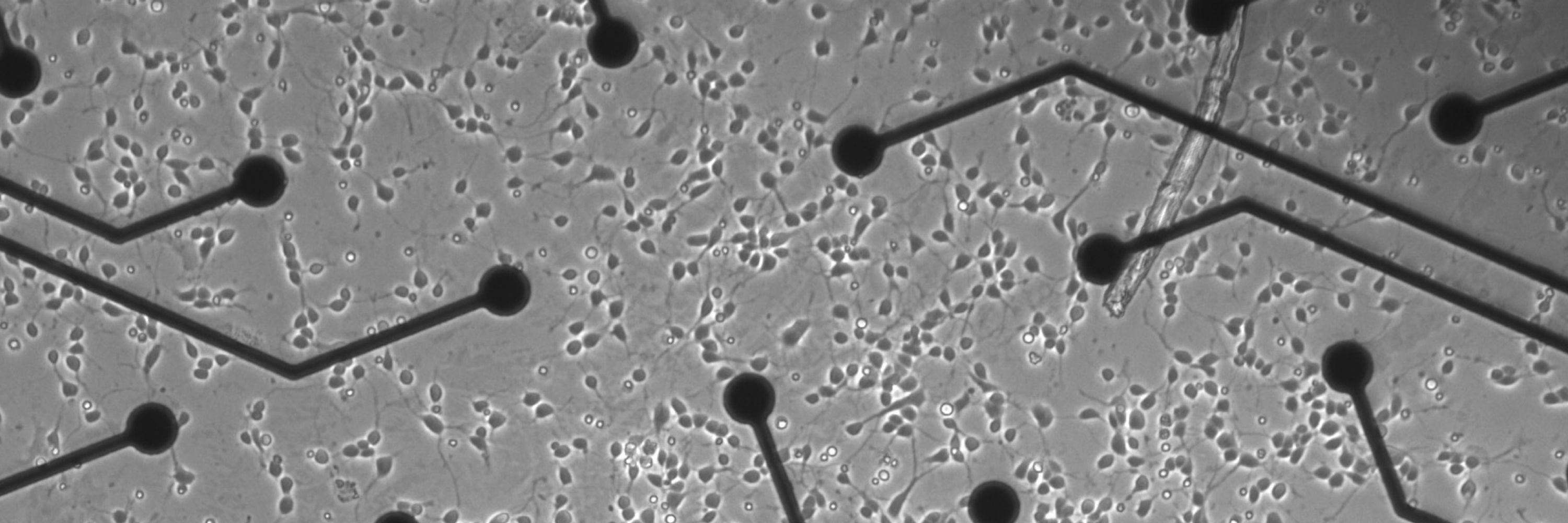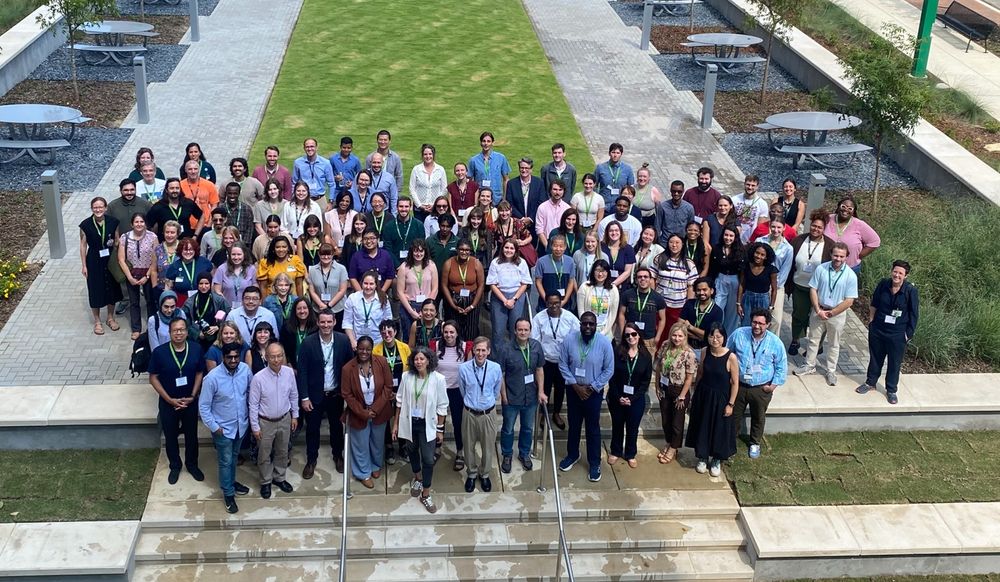Jeremy Day
@daylab.bsky.social
2.1K followers
580 following
170 posts
Neuroscientist at UAB interested in molecular and genetic mechanisms in brain function. Director, UAB Comprehensive Neuroscience Center.
Posts
Media
Videos
Starter Packs
Reposted by Jeremy Day

















